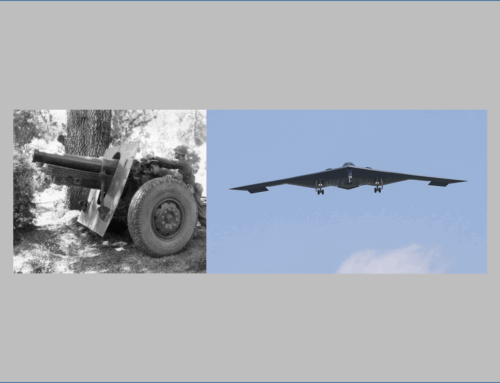A records search, a Doughboy’s journey home
Published: 24 March 2024
By David Venditta
Via the venditta.blog website

Howard Lee Strohl
Howard Lee Strohl was killed August 9, 1918, during the Battle of Fismes and Fismette in the Marne department of northeastern France.
You might remember my blogs last year about an Army officer from Bethlehem, Pennsylvania, who was killed in the First World War.
There’s more to tell about 2nd Lieutenant Howard Lee Strohl.
I had pieced together his story with the help of his great-niece, a unit history, the National Guard armory in Allentown, Ancestry.com, and contemporary accounts on Newspapers.com, one of which had the text of a letter he wrote home from France.
What I didn’t have was Strohl’s official military personnel file. It wasn’t at the National Archives’ National Personnel Records Center in St. Louis. “If the record were here on July 12, 1973,” said the message from an archives technician, “it would have been in the area that suffered the most damage in the fire on that date and may have been destroyed.”

A card from Lieutenant Strohl’s burial case file
(National Archives at St. Louis)
But she opened another door, saying a casualty file held by the Army might have information I wanted. She suggested I write to the Army Human Resources Command’s Casualty & Memorial Affairs Operations Division at Fort Knox, Kentucky.
So in May 2023, I mailed my request with as much detail on Strohl as I could muster. Four months later, an email arrived from a tech at the National Archives at St. Louis: “We have located Howard L. Strohl’s burial case file as requested.” It turned out Human Resources Command doesn’t have World War I-era burial case files, so Fort Knox forwarded my inquiry to St. Louis.
I got directions on how to pay electronically using the U.S. Treasury’s Pay.gov service and did it right away. The cost was $28.80. “Please allow time for the scanning and uploading process to be completed,” the archives tech said. “Our staff is minimal and all requested records need to be digitized and redacted prior to delivery, so we are looking at a much longer turnaround than is typical.”
Six months passed. I gave the tech a nudge in an email. She wrote back promptly that I’d be getting the record in the next several days. Sure enough, an email arrived with a link to a PDF scan of the file.
Of its thirty-eight pages on the disposition of Strohl’s remains, the last one interested me the most. It’s an account of his final moments, given after the war by a sergeant who had been with him.
Strohl and Sergeant Claflin L. Bowman were in Company D, 109th Machine Gun Battalion, part of the 28th Infantry Division. In early August 1918, they were among the doughboys battling German troops along the Vesle River at Fismes, a village in the Champagne-Ardenne region of northeastern France.
“The carnage was awful,” a unit historian would write, “and it was our 28th Division which successfully withstood the attack, at a fearful loss.”
Read the entire article on the venditta.blog website here:
External Web Site Notice: This page contains information directly presented from an external source. The terms and conditions of this page may not be the same as those of this website. Click here to read the full disclaimer notice for external web sites. Thank you.



